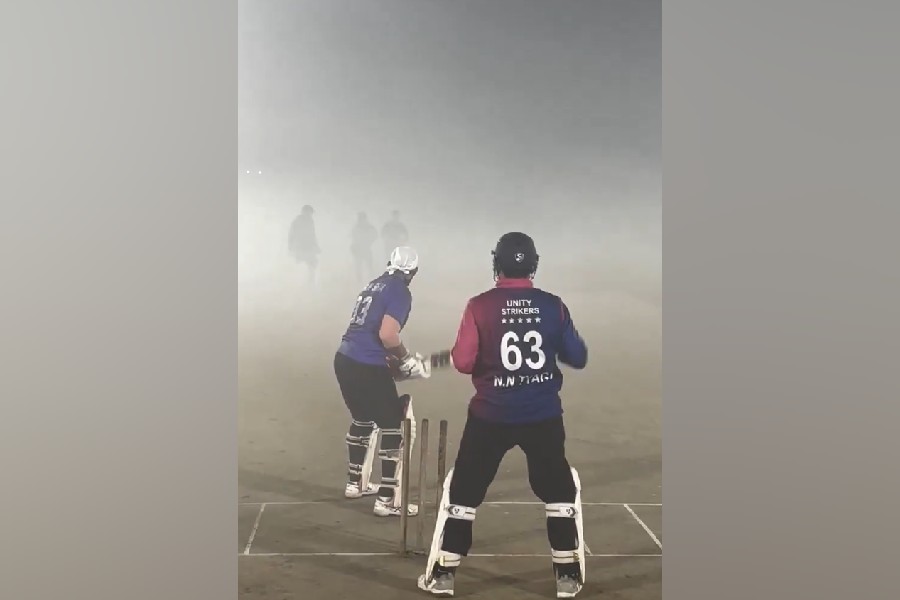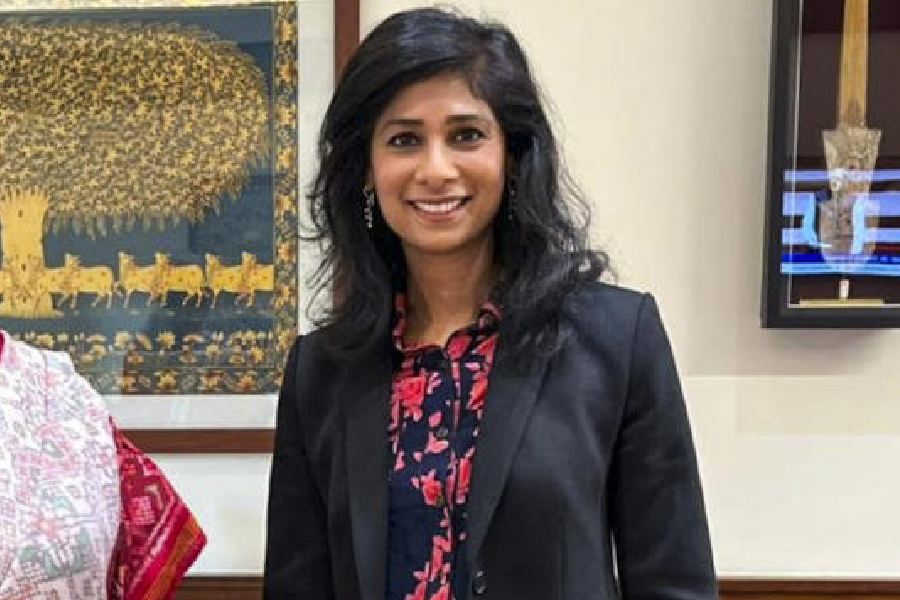While writing a book, many writers I know consciously avoid the thought of the object that will finally be produced from their keyboard-labour; some are superstitious about not ever finishing; others find it distracting to fantasize about what a cover might look like; yet others push books — of any sort — away from their focussing area, telling themselves, ‘Right now, this is the only book in the world.’
Often, once you know you are embarked upon producing words which will eventually be bound between covers and offered to the reading public, a diffused, book-like object takes a seat in your head — you don’t know what colour it is, you don’t know how fat or thin, but you do know the language and you do know all the types of books it cannot be. Despite it being blurred, this book-object connects back through all the books you’ve read and seen to the first book, the ur-volume, that you recognised as a readable, pleasure-giving, knowledge-loaded object.
For those of us lucky enough to have had them, children’s books are, of course, important. In my case, it was a mixture of Indian and imported books (often hand-me-downs from other kids), the colours and big, simple words bumping into one another across the pages. Then there were the primers, Sahaj Path still being the most beautiful of them all, but also the Dr. Seuss books (no one here knew about his racism then), the Panchatantra, and standard Western fairy stories. Once a bit older, the books became more challenging if still picture-heavy: the words had shrunk the pictures to give themselves more space. You suddenly had different languages coming at you on different textures of paper — Western books, Hindi and Bangla books, some even produced in the Soviet Union and the occasional book in some completely mysterious European language. To add to ‘my’ books, the home was also filled with the books my parents read, and the ones my mother taught and the ones my father wrote, both in Gujarati. Added to these were the beautiful, saree-clad Writers Workshop books being produced by the legendary P. Lal, just down the road from us.
In a house full of grown-ups’ books, a child could mistakenly think that his were not ‘real’ books but pretend ones, just like the toy tea-service was a caricature of the proper kettle and cups from which grown-ups drank actual tea. Soon though, came the harsh encounters with thorny blocks of text in schoolbooks, mostly unleavened by illustrations. Even birthday gifts were forbiddingly difficult — the Faber Book of Stories for Boys had a minimalist cover with just the title and the different coloured band on the side that one would come to recognise as a typical Faber cover. The book that changed my young life was a hardback titled The Mystery of the Missing Man — a Five Find-Outers Mystery. It was the first of the many Enid Blyton books that plunged me into her peculiar, melanin-challenged English universe. It was also the first book I loved where the only image was on the cover: a cheeky-looking blonde boy talking back to an annoyed, red-bearded man in a florid jacket in the middle of a fairground. What got me into the reading habit was, of course, the story, but all my life I’ve never been able to extricate the experience of reading it from the brightly-illustrated dust jacket.
My parents, initially jubilant that the kid had finally read a book, rapidly understood that this could be the beginning of the road to ruin. The gateway drug of that hardback was followed by a couple of paperbacks after which there was a quick clampdown on book purchases and a lending library was deployed to feed the growing habit. Like many other Calcutta, book-addicted pre-teens, I ran through the library in two or three years, moving up from the children’s books into the juicily inappropriate material of crime novels and spy thrillers. The library notwithstanding, I was now hooked not only on reading but also book-buying; well before the sexual contents of adult books, there was the eroticism of coming across a series of books by a favourite author ranged on a bookshop shelf: Blyton, Ian Fleming, James Hadley Chase, Alistair MacLean, Eric Ambler, each had distinctly identifiable spines signalling a troop of matching covers. Alongside these series were the memorable outliers, The Godfather with its puppeteer title lettering or Catch-22, which again used typography to brilliant effect. As one moved into serious literature, the cover game changed yet again — now it was the publishers who each had a distinct look; Penguin’s orange stripes and Faber’s vertical band on the right margin being but two examples. In my memory, all of these foreign titles and graphics were experienced in an environment where local Bengali graphic design as well as the new designs coming out of the Gujarati presses were experiencing a golden period of successful experimentation.
I was suddenly reminded of all this when I recently visited a famous Bengaluru bookshop for a book-signing event. The store was chock-a-block, both with books as well as browsing customers of all adult ages. Unlike modern, big-city bookstores, this place made no concession to any notion of interior decoration: under stark fluorescent lights, every inch of available space was dedicated either to housing the books or to the narrowest pathways. In this heaving tropical jungle of print, I began to spot individual books that I immediately wanted and, then, equally desirable, newly-designed editions for well-known names. One entire shelf had all of the P.G. Wodehouse oeuvre in beautiful hardback; on another shelf were new covers for Haruki Murakami’s output till date; dotted regularly between the self-help titles and mythological pulp series were various translations of Perumal Murugan. In one corner was a chair and a table with a teetering pile of a new release waiting to be signed.
Recently I’ve found myself on the other side of the fence, once again immersing myself in the business of designing book covers. A short while ago, a writer-friend and I had a long discussion on the cover for a scarily dark city novel she had written and, finally, we were both happy that she’s ‘got a cracking good cover’. More recently, that friend and I ganged up on another friend whose publishers had given him a cover that we thought was entirely wrong for his massive, non-fiction labour of love. This was to no avail, the design stayed. Even more recently, there has been the back and forth between designer and writer, both on the same page as the editor/publisher, but the complex execution still taking the time it did through the maze of the design, the final detailing, the pinning down of the exact Pantone shades, the infuriating adjustment of small margins. Finally the object reaches the outlets and you begin to see it quite differently from how you saw it on the screen or when you held advance copies in your hand; you realise with small shock that not minor among the reasons to keep pegging away at the keyboard is that you want to see the final definition of that diffused book-object; you begin to see this object as a new plant in a vast, multicoloured forest; finally the nervous writers learn to fight off the slight jobless fever of the intellect as they realise that there is nothing more they can do to complete the offering to the public. You can water the plant somewhat, but ultimately it will have to fend for itself.











